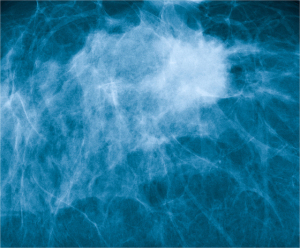by
Lauren Dubinsky, Senior Reporter | September 03, 2015
Breast MR is only approved for a small group of women with a very high risk of breast cancer, and in that population there is only a 3 percent cancer detection yield.
With a $2.5 million grant from the National Institutes of Health/National Cancer Institute, researchers at the University of Oklahoma and Mercy Hospital Oklahoma City are developing short-term breast cancer risk prediction models to help increase the amount of cancers detected with breast MR.
“The goal is to significantly increase cancer detection of breast MRI screenings by combining these two new risk assessment approaches,” Bin Zheng, professor at the University of Oklahoma, said in a statement.



Ad Statistics
Times Displayed: 172959
Times Visited: 3140 For those who need to move fast and expand clinical capabilities -- and would love new equipment -- the uCT 550 Advance offers a new fully configured 80-slice CT in up to 2 weeks with routine maintenance and parts and Software Upgrades for Life™ included.
The researchers will develop a "rule-in" model that identifies women who are excluded from current breast MR screening guidelines but have a higher risk of having breast cancer that is hidden on mammography. They will also develop a "rule-out" model for women with an increased lifetime risk, but no imminent risk.
To create those models, they will evaluate image features including bilateral asymmetry of mammographic tissue density and MR tissue enhancement signals of the left and right breasts. Those features are highly linked to the biological process of cancer development.
They will then compile a large digital mammogram and breast MR image database that will include sequential screening exams and verified diagnostic results provided by Mercy. Almost 10,000 images will be studied over a five-year period and many of them will require further evaluation by the breast radiologists at Mercy.
The "rule-in" method will be used to spot women with high-risk cancer that is hidden by mammography, and the "rule-out" method will be used to reduce the repeated negative MR screenings among women with higher risk. A prospective clinical study will be conducted at Mercy that will track 4,000 negative screening cases to confirm the effectiveness of the new risk model.
The models will be compared with other existing breast cancer risk prediction models that evaluate short-term breast cancer risk. The development of a new feature fusion model will enhance risk prediction.

